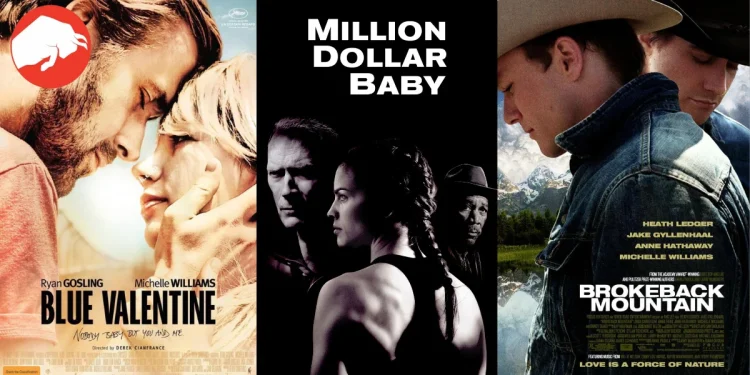In the world of cinema, it’s often the movies that conclude on a comfortless note that resonate the deepest and longest with audiences. These films, with their bleak finales, manage to evoke a range of emotions, proving to be unforgettable experiences. Let’s delve into some of the most impactful movies known for their disheartening endings. Note: Spoiler alert for the movies discussed below!
The Tragic Tale of “Brokeback Mountain”
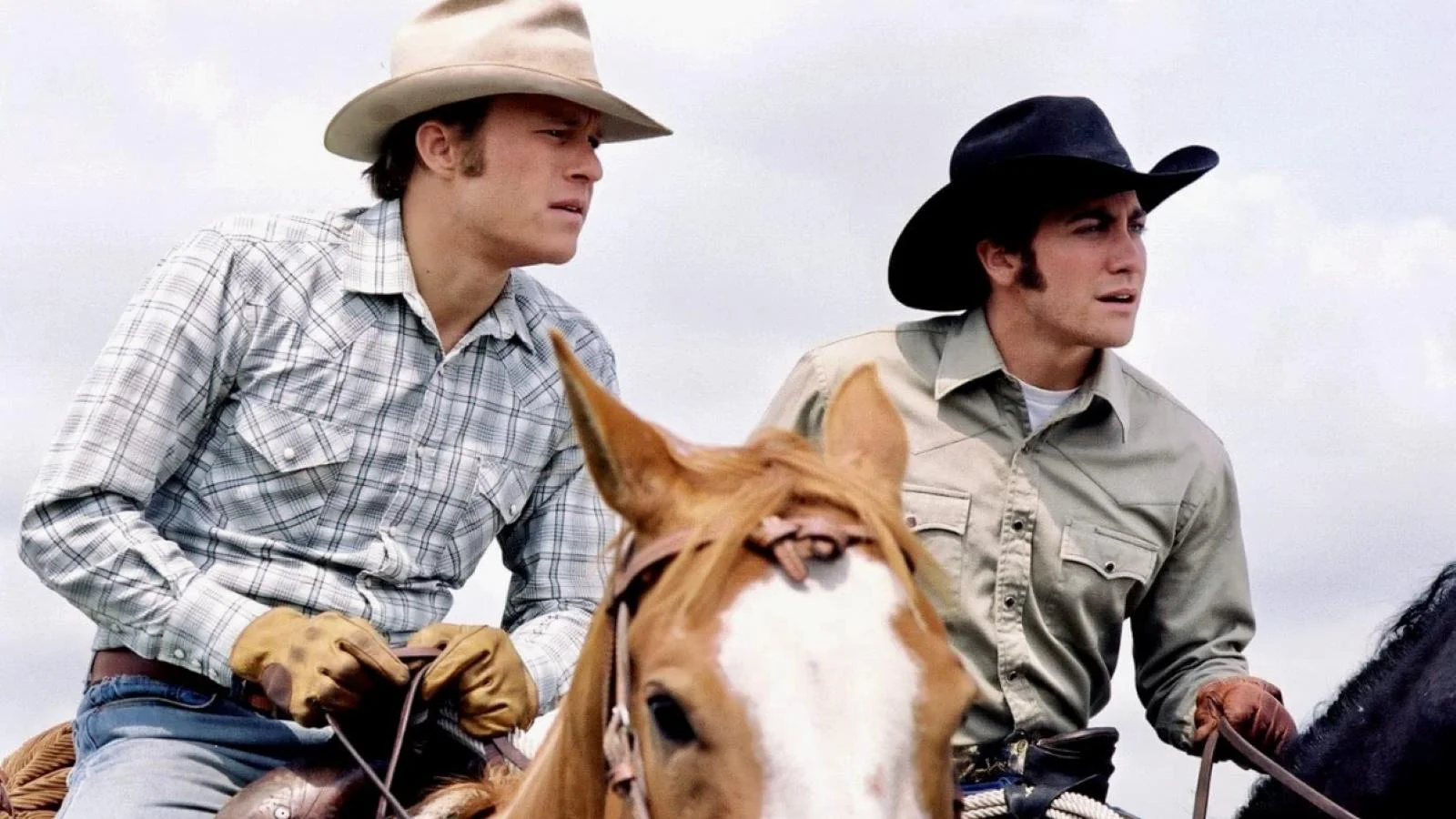
“Brokeback Mountain,” released in 2005, tells the heart-wrenching story of Jack and Ennis, two shepherds who forge a deep, albeit hidden, relationship in 1963. Their complicated love story spans over two decades, with both men leading separate lives with their respective families. The film culminates in a tragic finale, where Ennis discovers Jack’s death, leaving him engulfed in grief and regret for never fully embracing their relationship.
“Blue Valentine”: A Marriage’s Melancholic End
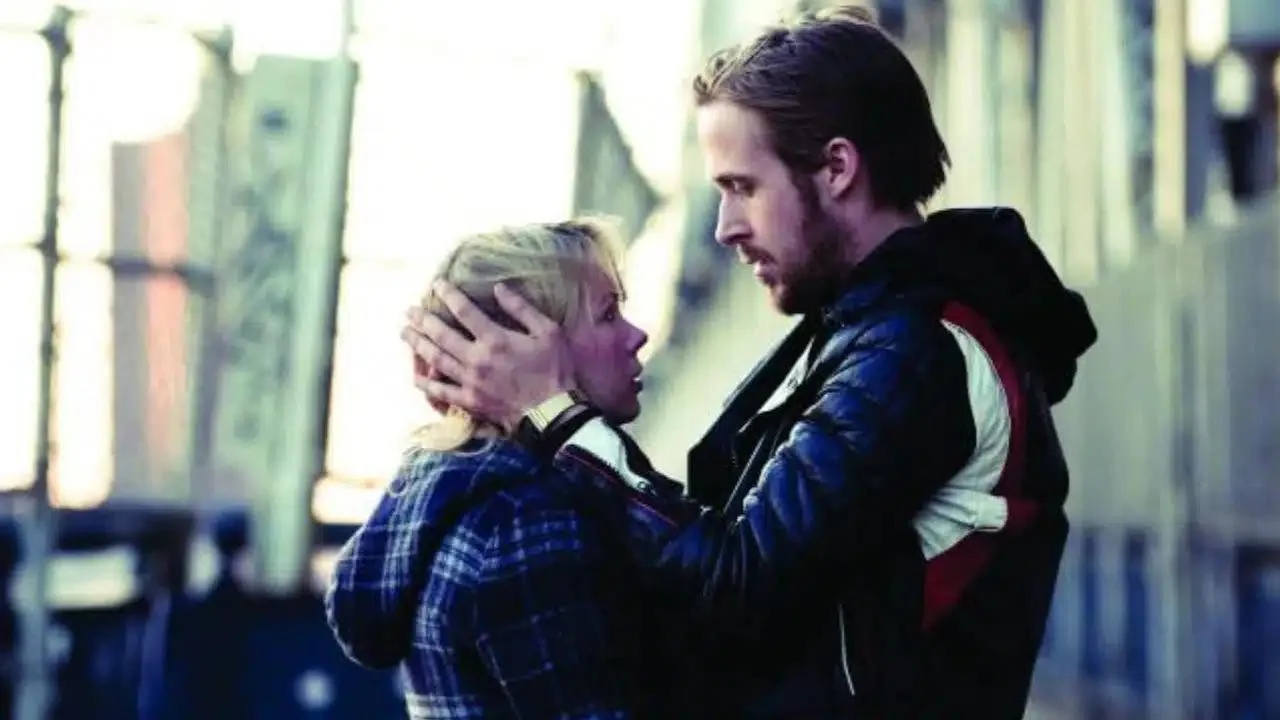
2010’s “Blue Valentine” portrays the unraveling of Dean and Cindy’s marriage, a seemingly healthy relationship marred by unaddressed issues. The film’s climax is emotionally charged, depicting Dean’s heart-wrenching departure and the couple’s painful acceptance of their marriage’s demise.
“Boys Don’t Cry”: A Story of Identity and Tragedy
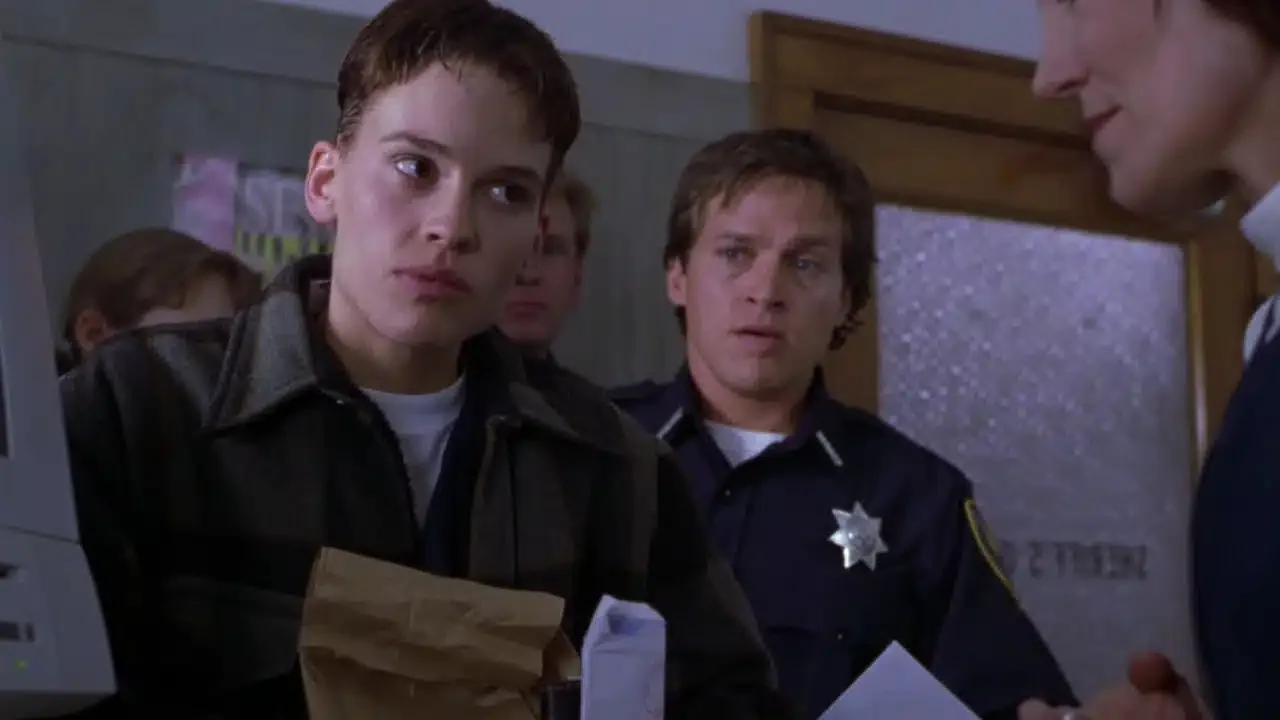
“Boys Don’t Cry,” a 1999 film, follows the life of Brandon Teena, a young transgender individual seeking acceptance. After finding love and friendship in Falls City, Brandon’s life takes a dark turn as his identity is exposed, leading to a devastating ending that sees the loss of his and his friend Candace’s lives.
“Melancholia”: Accepting the Inevitable
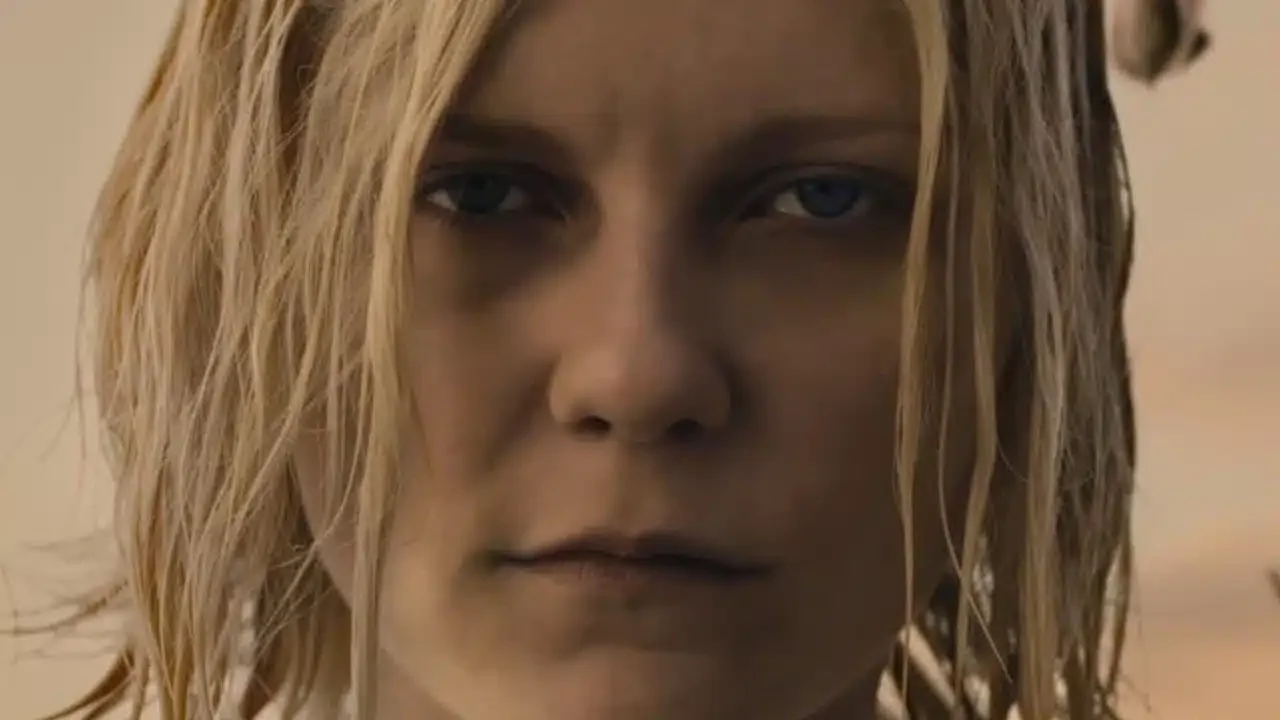
Lars von Trier’s “Melancholia,” released in 2011, is a sci-fi masterpiece that intertwines themes of depression and apocalypse. As a rogue planet hurtles towards Earth, the film explores the contrasting reactions of sisters Justine and Claire, culminating in a serene yet ominous acceptance of their inevitable doom.
The Heartbreaking Finale of “Dancer in The Dark”
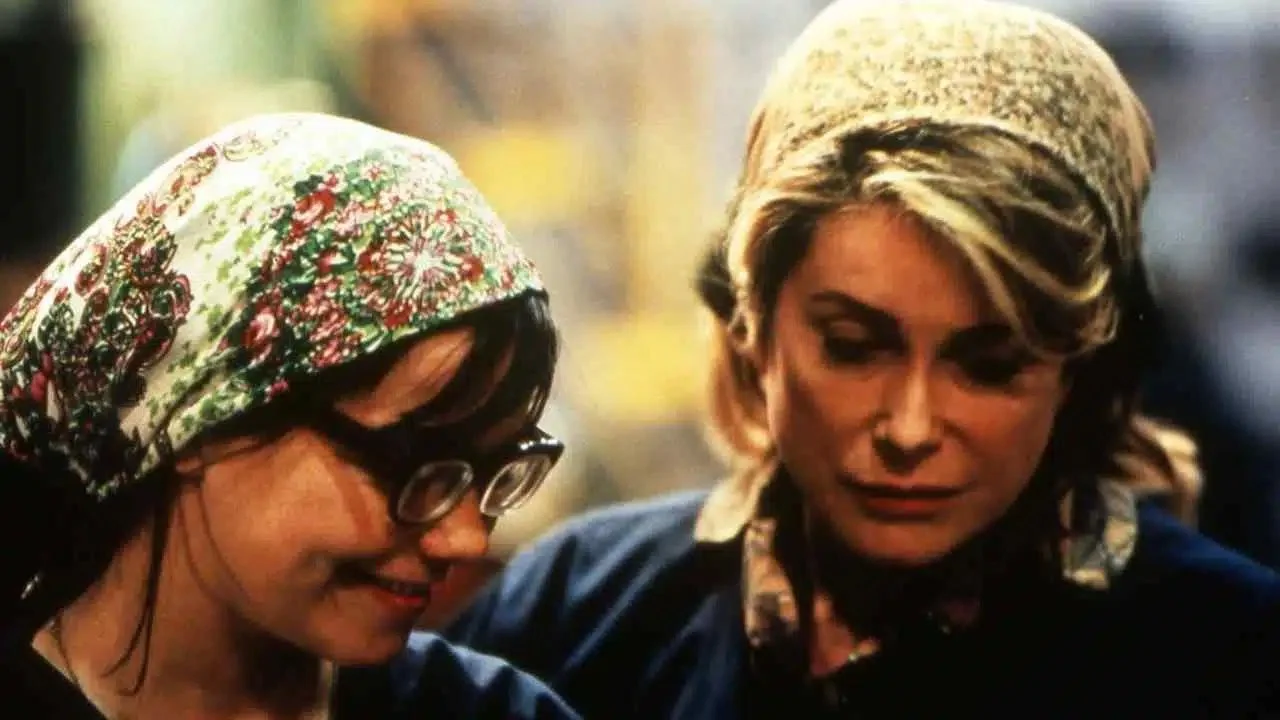
The 2000 film “Dancer in The Dark” stars Björk as Selma, an immigrant mother working tirelessly to save her son from hereditary blindness. The film’s climax is both shocking and somber, with Selma being sentenced to death after a desperate act to secure her son’s future.
“Million Dollar Baby”: A Controversial Conclusion
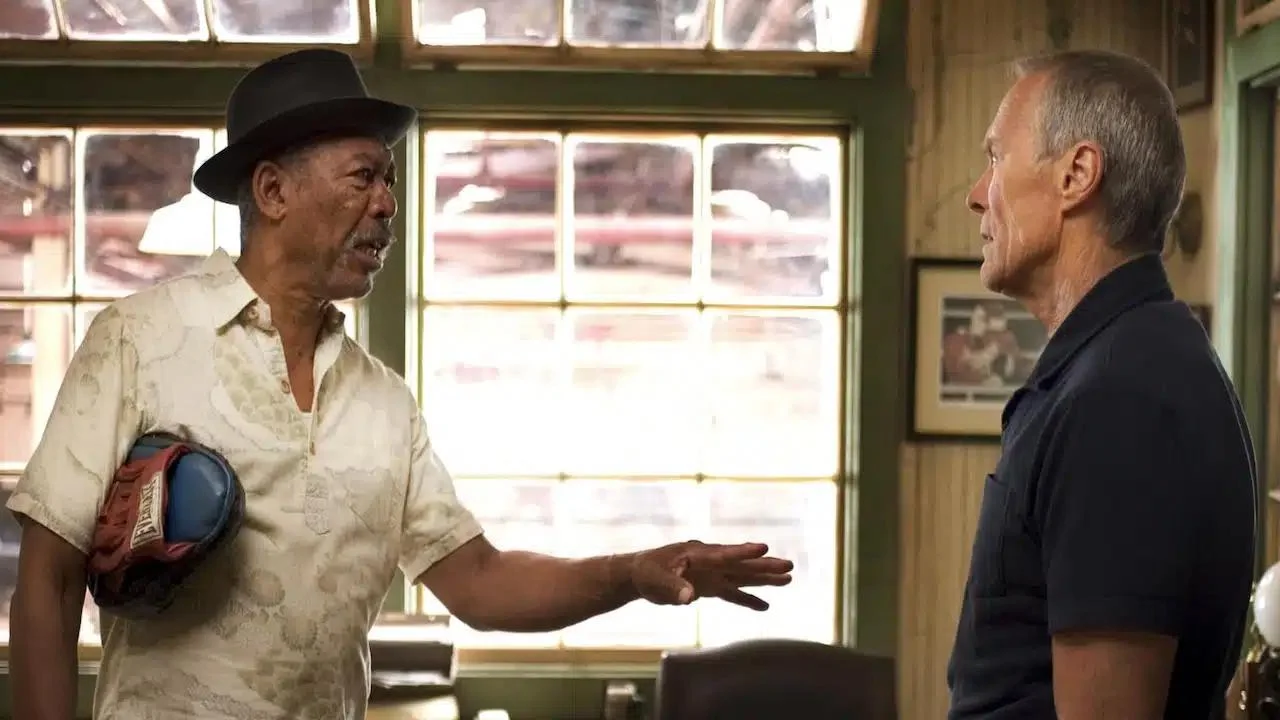
Clint Eastwood’s “Million Dollar Baby” (2004) is renowned for its unexpected and controversial ending. The film’s narration, revealed to be a letter from Scrap to Frankie’s daughter, concludes with Frankie fulfilling Maggie’s wish for euthanasia, leaving audiences with a profound sense of sorrow.
“The Day After”: The Horrors of Nuclear Winter
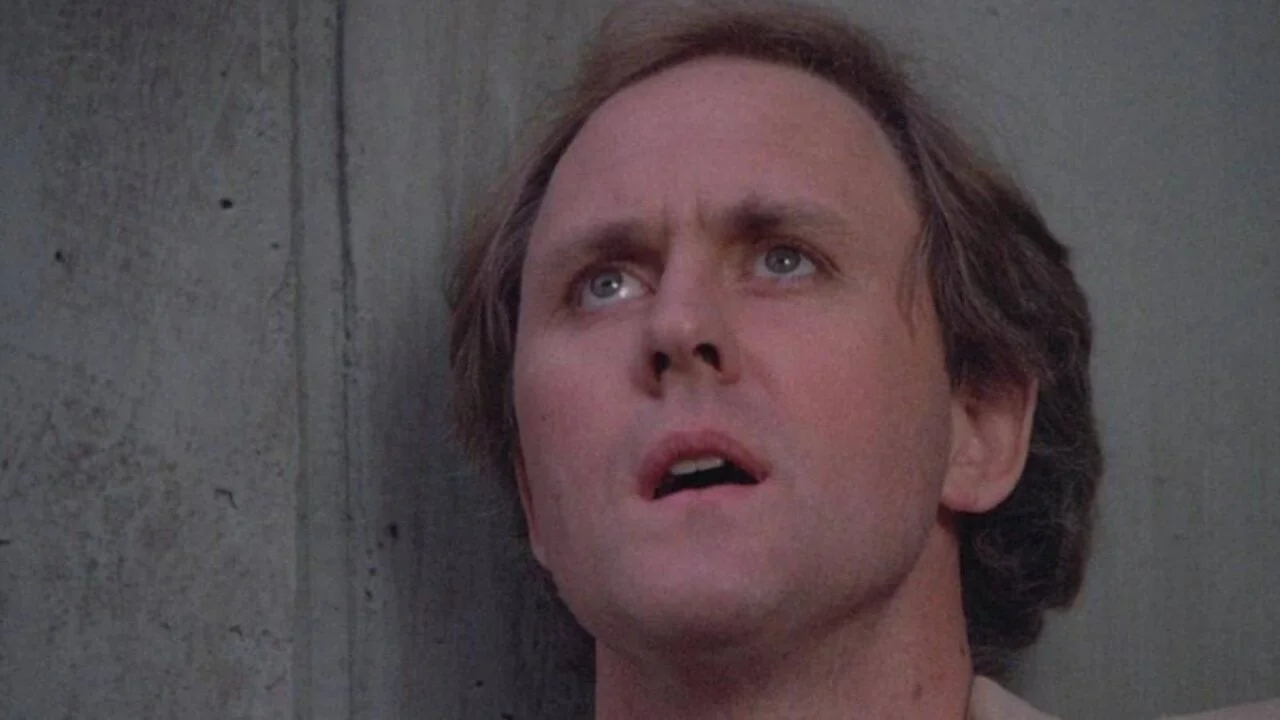
1983’s “The Day After” starkly portrays the horrors of nuclear war and its aftermath. The film ends on a grim note, showcasing the demise of ordinary people in Kansas, the devastating effects of radiation, and the disintegration of families.
The Salton Sea: A Downward Spiral
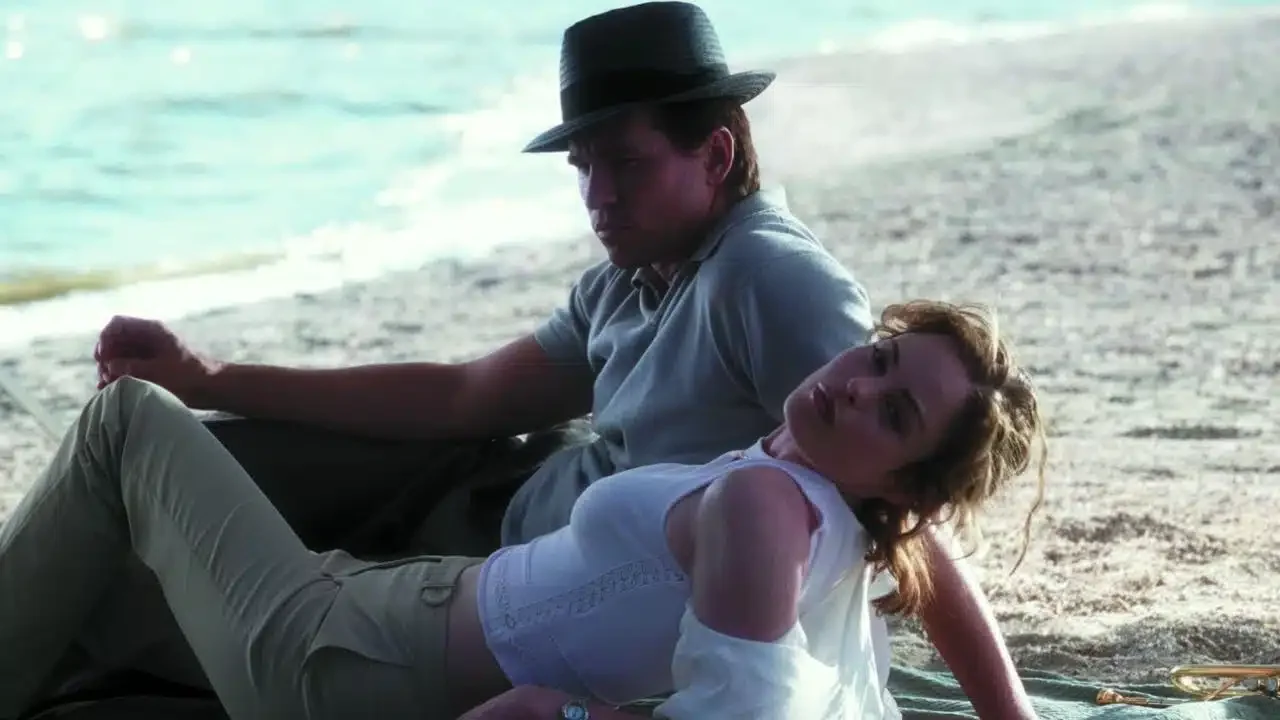
“The Salton Sea,” released in 2002, intricately narrates the story of Tom, a jazz trumpeter whose life takes a drastic turn following his wife’s murder. Assuming the alias Danny Parker, Tom’s involvement with drug dealers and law enforcement leads him down a perilous path. The film concludes with a poignant scene where Tom, now lost in his alter ego, parts with his past by discarding his trumpet into the Salton Sea.
“Hereditary”: A Chilling Climax
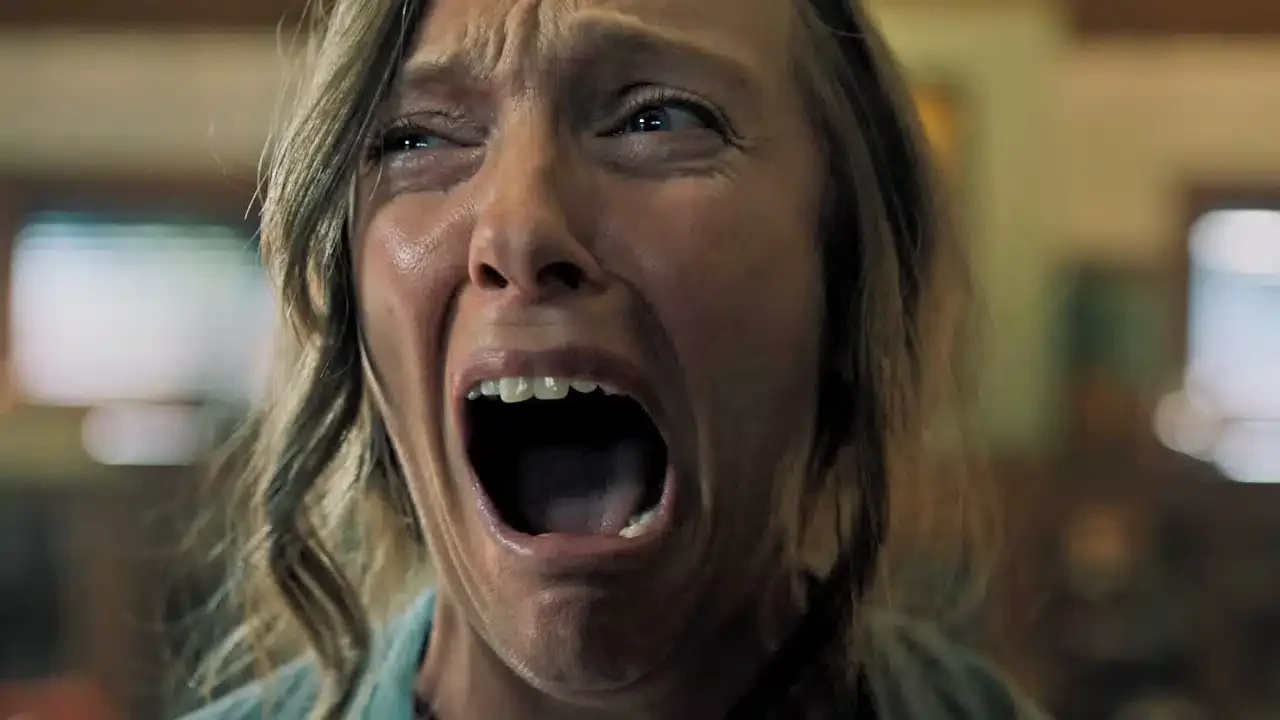
2018’s “Hereditary” stands as a masterpiece in the horror genre, known for its unsettling and depressing themes. The film, which revolves around the grief-stricken Annie and her family’s sinister experiences, ends on a shocking note. It’s revealed that a cult has orchestrated the demise of Annie’s family, leaving her son Peter as a vessel for their king, marking a deeply disturbing conclusion.
“Threads”: A Bleak Glimpse into Post-War Chaos
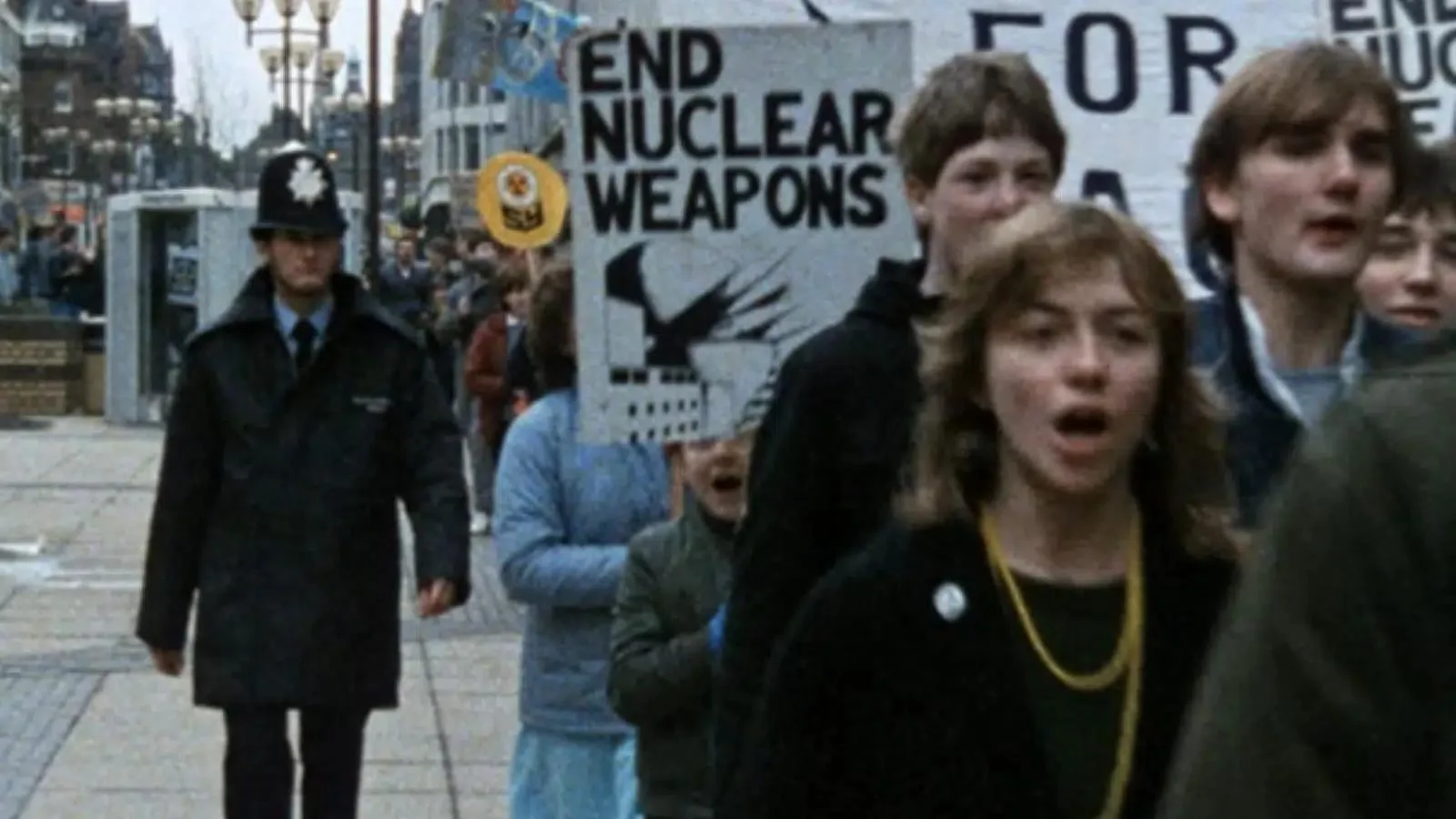
“Threads,” a 1984 BBC production, is a harrowing portrayal of nuclear war’s aftermath. The film spans several years, showing the societal collapse and the devolution into primitiveness. It leaves viewers with a haunting image of a world devoid of hope, seen through the eyes of Jane, a child born into the chaos.
The Unsettling Twist of “Atonement”
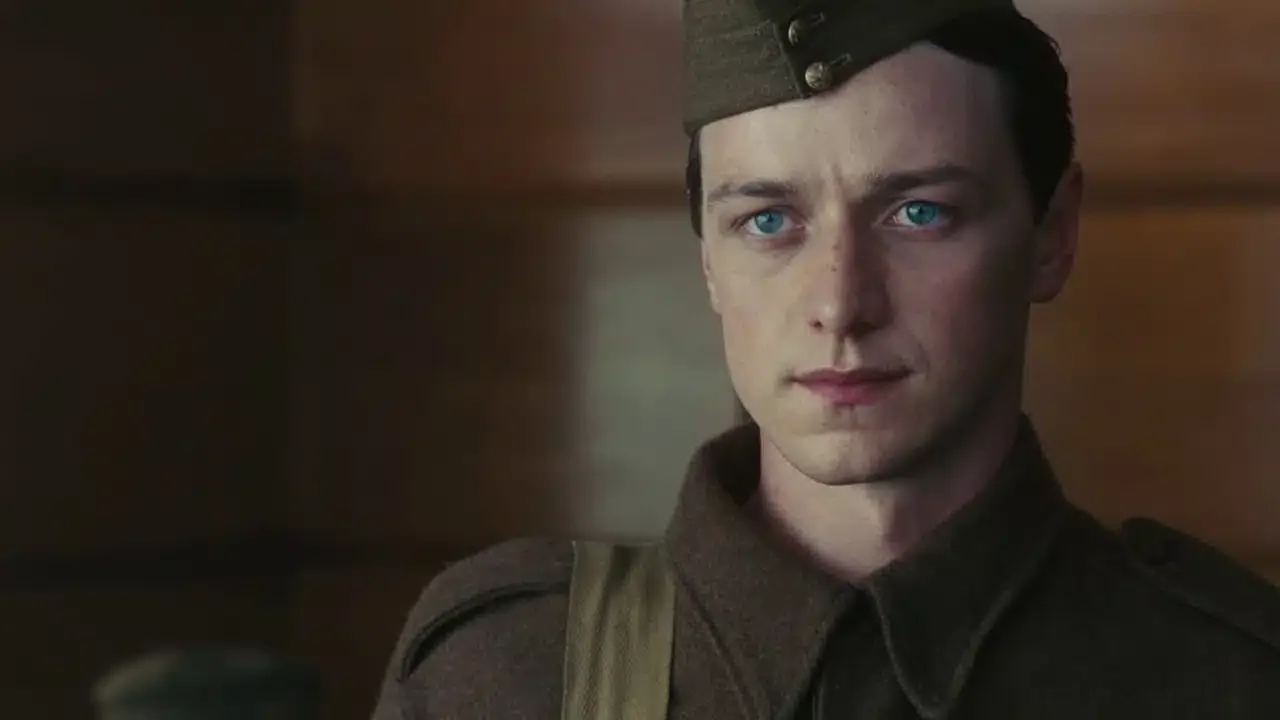
2007’s “Atonement” weaves a narrative of love, betrayal, and war. The film’s ending delivers a twist that redefines the entire story. What initially seems like a romantic reunion between Cecilia and Robbie is revealed to be a fabrication by Briony, with the harsh truth being that both characters perished during the war.
“Christine”: A Shocking On-Air Tragedy
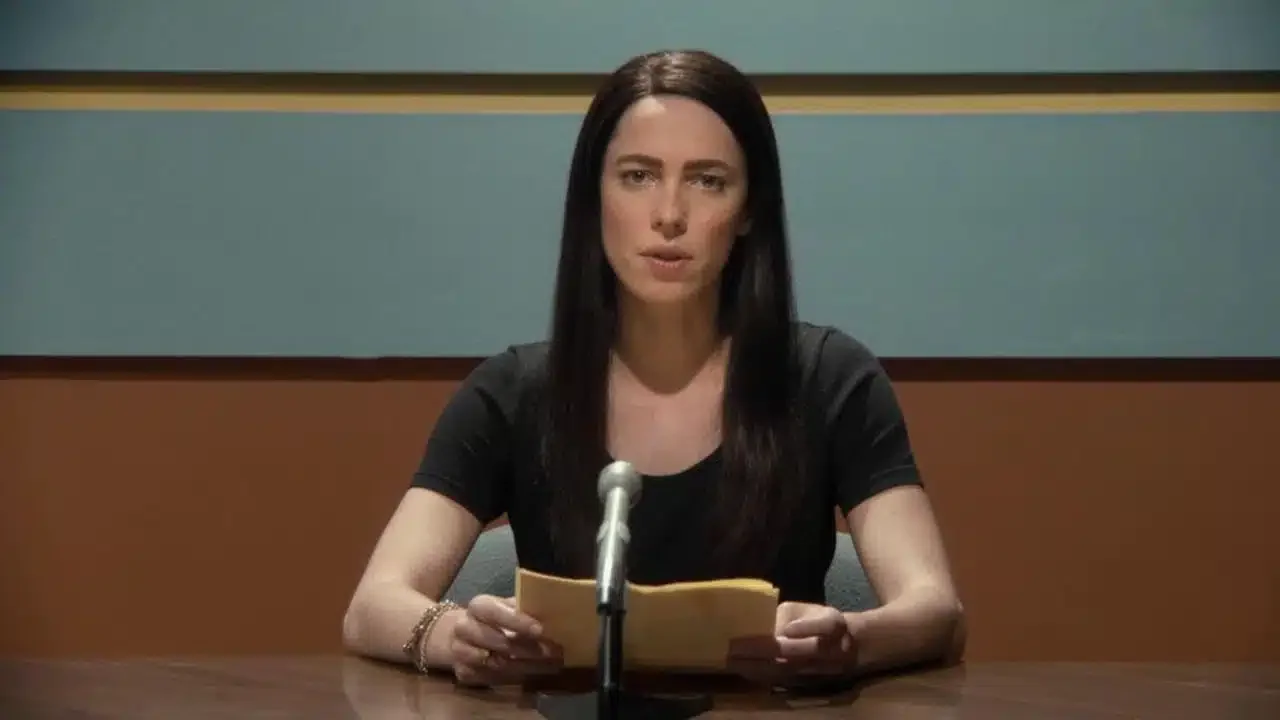
The 2016 film “Christine” delves into the life of a journalist struggling with mental health and professional pressures. The film’s climax is both abrupt and harrowing, as Christine takes her own life live on television, leaving viewers and her colleagues in shock.
“Eden Lake”: A Harrowing Tale of Survival
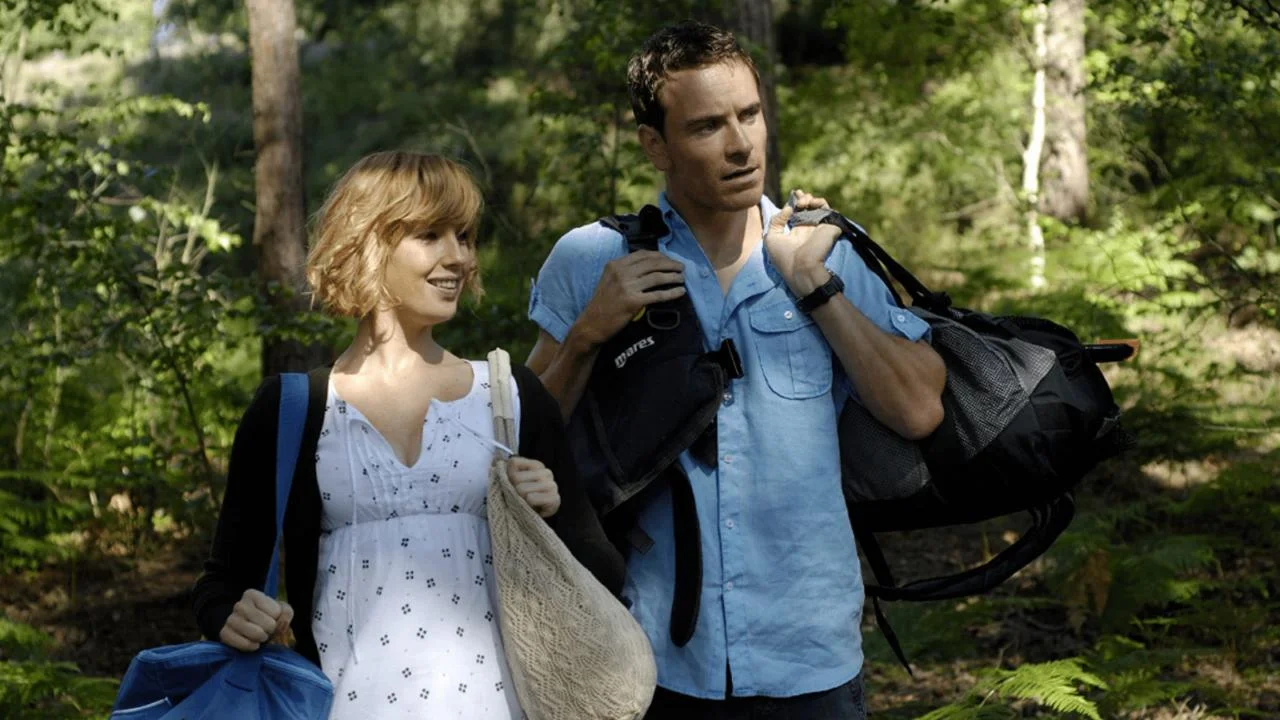
“Eden Lake,” a 2008 film, is often cited as a cult classic in the horror genre. The story of a romantic getaway gone wrong ends in a chilling fashion, with Jenny finding herself at the mercy of a misled group, leading to an unnerving and open-ended conclusion.
“Arlington Road”: A Twisted Tale of Paranoia
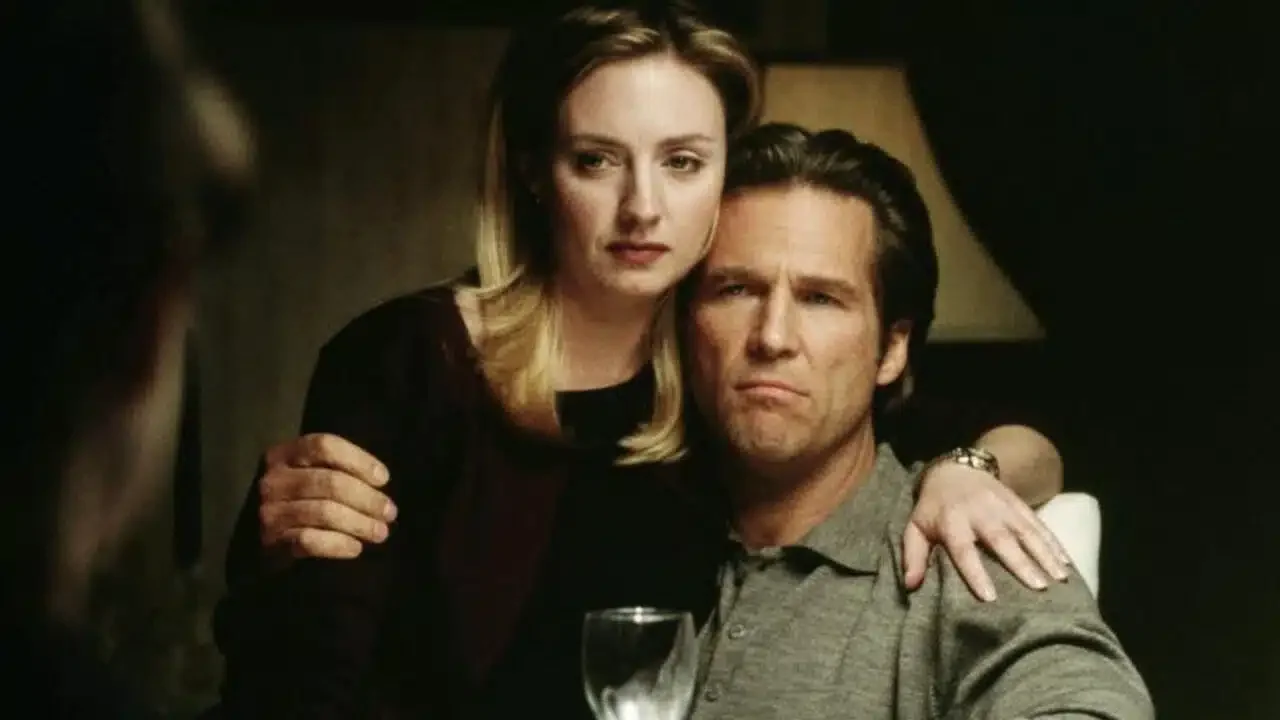
1999’s “Arlington Road” tells the story of Michael, a college professor haunted by his wife’s death and suspicious of his neighbors. The film’s climax reveals a shocking twist, with Michael inadvertently becoming the perpetrator of the very tragedy he sought to prevent, resulting in a potent mix of irony and tragedy.
“Buried”: A Claustrophobic Nightmare
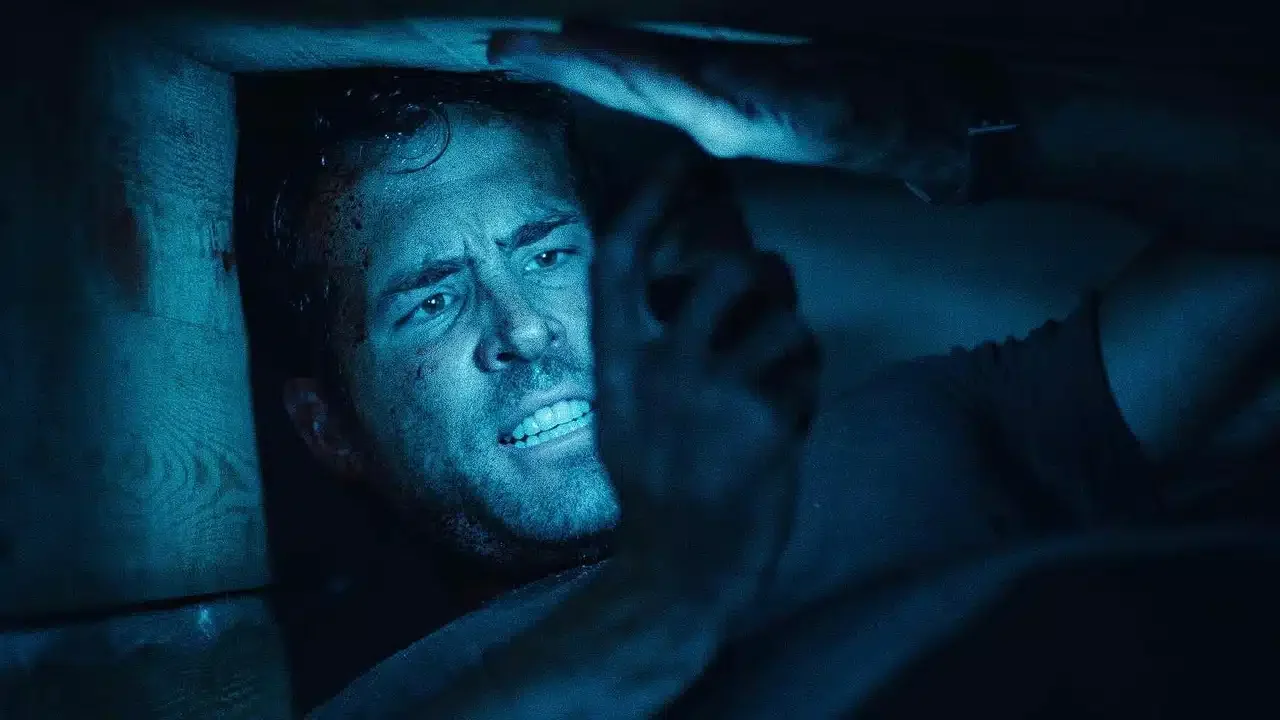
“Buried,” released in 2010, is known for its intense and suffocating atmosphere. The film’s ending is particularly gripping as it reveals the protagonist, Paul, has been buried in the wrong location, leaving him to face a lonely and inevitable demise.
These films, with their comfortless conclusions, challenge the viewer’s expectations and leave a lasting imprint on the psyche. They serve as a reminder of the power of cinema to evoke deep emotional responses and engage audiences in profound and often unsettling ways. Each of these narratives, whether rooted in romance, horror, or suspense, masterfully crafts an ending that stays with the viewer, long after the credits roll.


